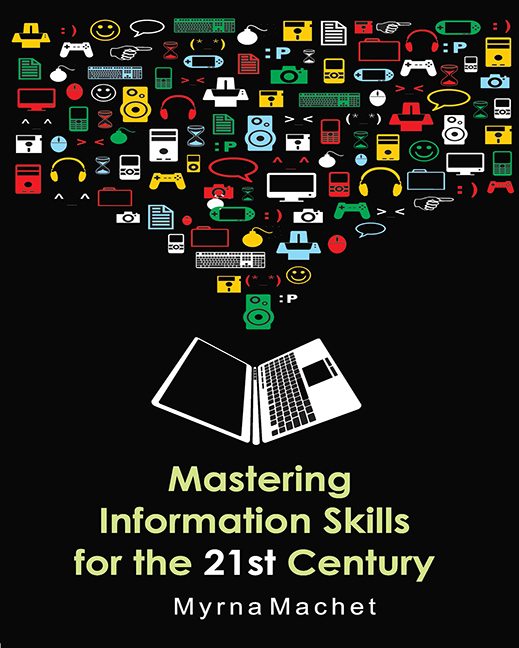14 - Finalising Your Writing Task
Published online by Cambridge University Press: 28 February 2020
Summary
Introduction
In the last chapter we discussed the first part of the writing process. We covered prewriting activities, organisation of notes and writing the first draft. For many students the first draft is the last draft - it is the copy of their assignment that they submit which is why they often receive poor marks. In this chapter we continue discussing the writing process. We discuss rewriting the first draft so that it is in the required form for an academic essay. We also look at the structure of a coherent paragraph, logical order and finally editing and proofreading. These are all the different processes we need to go through if we want to write well.
Many of us think that writing should come easily and naturally. This is not correct. Even the most experienced writers often struggle to put their thoughts down on paper and organise them logically. In order to achieve the final product, they will write and rewrite a number of times. The first draft is never the last draft. The first draft is the one we write for ourselves – the one that helps us find out what it is we want to say, to get our ideas on paper so that we can react to them. This draft will be written without thoughts of grammar, spelling or even logical organisation. It is almost a form of talking to ourselves. The final draft, the one we submit, is one in which we have written for the reader. We will have taken into account how to organise it the best possible way so that our readers will understand what we are trying to communicate, and we will have checked layout, spelling and grammar so that the text flows smoothly.
Rewriting
All good writers revise what they have written. Rewriting involves cutting, sifting, rearranging and polishing in order to make our writing more effective. As part of the process of rewriting we need to analyse our draft by looking at broad features such as the standard form of the academic essay, paragraph structure and logical order. We are going to examine each of these features with the aim of helping you to rewrite effectively.
Information
- Type
- Chapter
- Information
- Mastering Information Skills for the 21st Century , pp. 236 - 251Publisher: University of South AfricaPrint publication year: 2012
